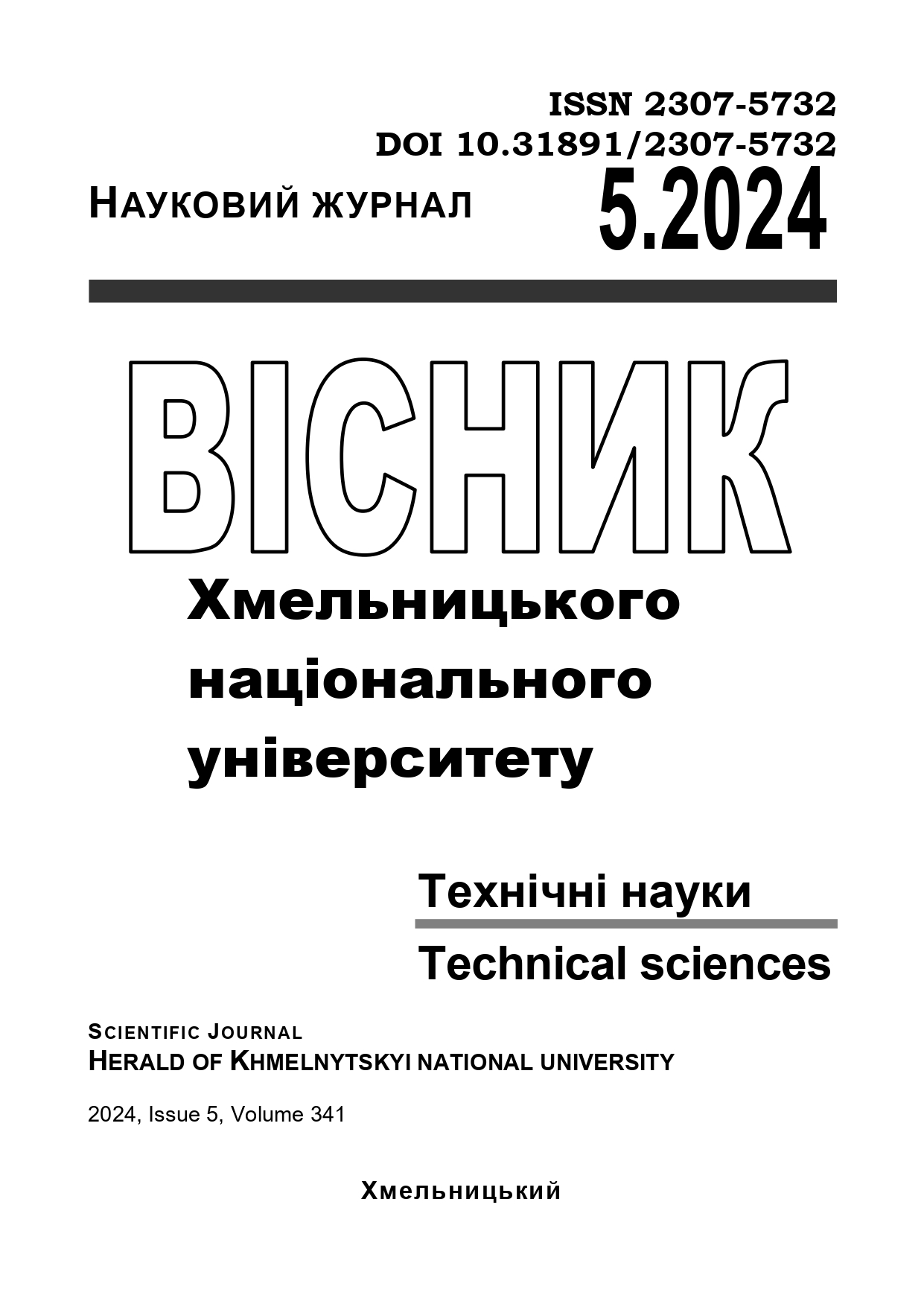AUTOMATED CONTROL SYSTEM FOR MANIPULATION ROBOTS
DOI:
https://doi.org/10.31891/2307-5732-2024-341-5-68Keywords:
manipulation system, mathematical model, Lagrange's equation, Bluetooth, Android-based control application, design, modelingAbstract
The article deals with the development of an automated control system for manipulative robots based on a mathematical model and the use of an Android mobile device for remote control. The main goal of the study is to create a prototype of a robotic arm that can be controlled using wireless technology, which provides convenience and efficiency in real-time control. The 4-degree-of-freedom robotic arm was created and is controlled through a mobile application developed using MIT App Inventor, which is based on Bluetooth technology. Data from the application is transmitted serially via a Bluetooth transmitter, processed by the receiver and used to control the robot's movements. The development and implementation of such a control system is an important step in the development of robotic technologies, as it not only provides a high level of automation but also allows robots to be used in various fields of activity, such as industry, medicine, logistics and other areas where the accuracy and speed of task performance are critical. A systematic approach to real-time control of manipulation mechanisms allows for high precision in control, which is especially important in a dynamically changing working environment. One of the key features of this system is the use of mathematical models that allow for a detailed analysis of the manipulator's kinematics and dynamics. This makes it possible to optimally control the robot's movements, which increases its flexibility in interacting with the environment. Mathematical models provide the ability to predict and correct robot actions in real time, which minimises the risk of errors and increases the overall efficiency of the system. One of the main advantages of using an Android mobile application is its accessibility and ease of use. Modern mobile devices have considerable computing power, which makes it possible to integrate complex control algorithms into the application and control robotic systems without the need for expensive specialised equipment. The application, created using MIT App Inventor, allows the user to easily configure robot control parameters, receive real-time feedback and control all aspects of the robot through a user-friendly interface. Bluetooth data transmission is another important component of the system, as it provides reliable and fast communication between the mobile device and the robot. The data is transmitted sequentially, which allows for precise coordination of the robot's movements in accordance with the commands coming from the app. This approach also minimises delays in the transmission of commands, which is key for real-time tasks. During the experiments, successful tests of the linear movement of the robotic arm were conducted, which confirmed the system's performance and its potential for further development. The tests demonstrated that the robot is able to accurately perform tasks related to linear movement, which is the basis for its use in more complex scenarios. This opens up wide opportunities for the introduction of such robots in various fields where it is necessary to perform tasks with high accuracy and speed. In general, the proposed system combines advanced technologies such as mathematical modelling, wireless communication and mobile applications, which ensures high flexibility and efficiency in the management of robotic systems. The use of mathematical models allows not only for precise control of the robot's movements, but also for adaptation to changes in the environment, which makes the system more stable and reliable in use.

